THE MINUTEMAN Volume 9, January 2024
The "Alpha Tent", the Ten Essentials, The Prepared Wanderer, and 2024 projects...
The Alpha Tent…
The Alpha Tent concept is something I have known about for a number of years but never really gave it a serious thought, until now…
I happened to see this article (The Alpha Tent) on the concept and it got me thinking just how useful it could really be in a patrol setting for a field expedient shelter. Let’s face it, sleeping under a poncho tarp kinda sucks. I’ve done it plenty enough to know I don’t really like it. But the Alpha Tent has merit and I decided to give it a go…
Starting materials will be your poncho, tent poles, and stakes.
My poncho is a Belgian Army surplus model that has slightly different measurements than the USGI model used in the above linked article. The poncho measures 59” wide by 80” long with a diagonal measurement of 98”. The trick here is finding suitable tent poles (I used poles from a tent that is no longer serviceable) and you will need to cut them to length.
I wasn’t sure what length poles I would need, so you'll have to do what I did... I put one end of the set of poles into a corner grommet. Then I went to the other diagonal corner and bowed the pole down into the poncho to whatever curve seemed to give the best height-to-length ratio... Mine happened to end perfectly at the end of a pole section. If you aren’t that lucky then you will need to mark that spot on the pole and cut the pole there, add an end cap to the cut end and then make the other set of poles the same total length as the first set.
My tent pole length for this ended up being 110” tip to tip. This gave me a curve sufficient enough for an interior height of 24” along with a finished length of 76” by 54” wide. Plenty of room for myself and personal kit.
Once you have your poles inserted and the tent set up make sure to tie off the hood so water doesn’t get in or puddle up in the hood.
One other addition is adding paracord loops at the corners for staking out and securing to the ground if needed.
The overall package (poncho, poles, and stakes) comes in at 1 lb 14 oz’s.
I can see this really being usable in an LBE setup where a hasty shelter may be needed or a quick OP constructed. Testing will be commencing ASAP so stay tune for follow-ups on this!
The 10 Essentials…
These are items that we should always have in our kits and they are known as the “Ten Essentials”. This was put together many years ago in the mountain community as a way of identifying 10 important items to always have with you (or on you). There have been many variations of this list over the years and here we will highlight and explain each one a bit more.
-MAP/COMPASS use is one of the most overlooked skill sets and a perishable one as well if not regularly practiced. Today we have GPS, cell phones, downloadable maps, etc but those don't mean anything if you don't know the basics of navigation. How to orient a map, triangulate to find your position, plot a course, use waypoints, take a bearing, shoot an azimuth, pace count, read a map, and more. These are the basics that every Scout and Scouter should know and practice with. GPS batteries can die, cell phones lose service and die, downloadable maps rely on batteries that, well die... You see the trend when you depend on technology to make up for lack of basic skills....
-HEADLAMP/FLASHLIGHT Even if you have no intention of being out after the sun goes down it is essential to carry a light source. Light is essential for many reasons. It helps us find our way at night, helps with nighttime camp activities, can be used to aid in navigation, signaling for help or rescue, light can also be used as a friend/foe identifier.
-FIRST AID The very nature of working in the outdoors, especially for the Professional Citizen, operating under distress, with heavy loads, various environments, working with sharp objects and things that create holes, makes it essential to have a first aid kit and the training to use it. Think about the activities we undertake, and the inherent dangers associated with them.
-WATER is one of the top 3 survival priorities so it should come as no surprise to see water on this list. The means to carry water and procure/treat it are always essential.
Good old high-quality H2O. You need water, without it you will die. Plain and simple. There's a reason it's one of the top three survival priorities. There is a thing called the rule of 3's, that you can survive without food for 3 weeks, without water for 3 days, and without air for 3 minutes. That's how important water is.
-KNIFE Who likes knives? Probably one of, if not the most, useful tools one can carry! You can use a knife to help with food prep, process firewood and kindling, make other tools with it, cut cordage, make fire, help create shelter, repair gear, make traps to catch food, and more.
-FOOD A one-day supply of food is reasonable to keep in one’s base kit. Mr. Murphy is always waiting just around the corner to foul up your well-intentioned plans. Weather delays, faulty navigation, washed out trails, injury, and so many other things can cause your 5-hour outing into an unplanned overnighter and longer.
The general rule of thumb is for a day hike to carry a full days’ worth of food and on a multi-day trip to pack for as many days as you plan on plus an extra days’ worth in case your trek gets set back due to weather, injury, navigation issues, and so on and so forth.
-EXTRA CLOTHING The term “extra clothes” refers to, beyond the clothes on your body, additional layers that would be needed to not just accommodate changing weather conditions, but to survive the long and inactive hours of an unplanned overnighter. So, to begin with you need to ask yourself what extra clothes are needed to survive the night in my emergency shelter in the worst conditions that could realistically be encountered on any given trip?
-RAIN GEAR/SHELTER A crucial piece of gear that seemingly gets placed low on many folk’s essentials list. We covered extra clothing in a prior post and the importance of staying dry, but yet many still fail to plan for rain. Or if they do, they place their bets on a $1 see through plastic poncho that they sell at Sea World for when Shamu splashes you to stay dry. But it rips the first time they put it on and then look silly standing there soaking wet anyways. Sorry, that just bugs me.
-FIRE STARTER/IGNITION SOURCE Fire and the ability to make a fire, even in horrible conditions, is one of the big 3 survival priorities (fire, shelter, water). This is why it is included in our 10 essentials list. Having a solid fire kit (and knowing how to use it) in your pack is key to being able to reliably make a fire when it counts most. You and your mates are off exploring and one of you falls into icy water. You have to be able to make a fire NOW. Can You? Do you have the tools to do so? This is why we need a fire kit. With fire you can stay warm, purify water, signal for help, stay safe from predators, cook food, lift morale, see in the dark, and be the envy of your fellow outdoorsmen.
-CORDAGE Have you ever broken a boot lace on a hiking trip? Ever had a pack strap break? Wish you had a clothesline to dry your gear on? Well cordage can help with those things and more. Keep a 25-to-50-foot hank of it in your day pack.
Something else that the Ten Essentials does is to help one solidify their base kit. We will cover this in a future article, but the idea being that once you have a base kit established, it makes packing a whole lot easier.
My book, CM-9 Adverse Conditions and Environments from The Professional Citizen Project , goes into much greater detail on this! Grab a copy here:
https://tpcproject.com/products/citizen-manual-9-ace-adverse-conditions-and-environments
The Modern Minuteman and The Prepared Wander
Yes indeed! We have tried in the past but just haven’t been able to make it work until now! We’re fellow Buckeyes and aren’t too far away from one another, so I will be hosting him out at my Bushcamp and we will be putting some content together for our viewers going over bushcraft, prepared citizen concepts, and just being a couple of gray haired guys in the woods sharing incredible journeys! We may even do a property patrol! Our goal is to make this a reoccurring theme for our channels to join forces and spread the gospel of preparedness!
Check out The Prepared Wanderer’s YouTube channel…
https://youtube.com/@ThePreparedWanderer?si=tlO4U_gipb5Ul3DD
What Is Ahead For 2024…
Well 2024 is here and, as in previous years, I try to have a theme to follow for content. So this year I will be focusing on taking information from my book and making videos around it to help showcase the information and philosophies in actual use.
Book can be ordered here:
https://tpcproject.com/products/citizen-manual-9-ace-adverse-conditions-and-environments

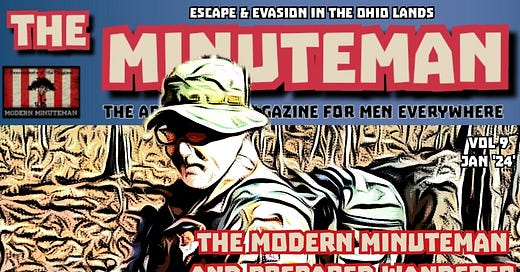



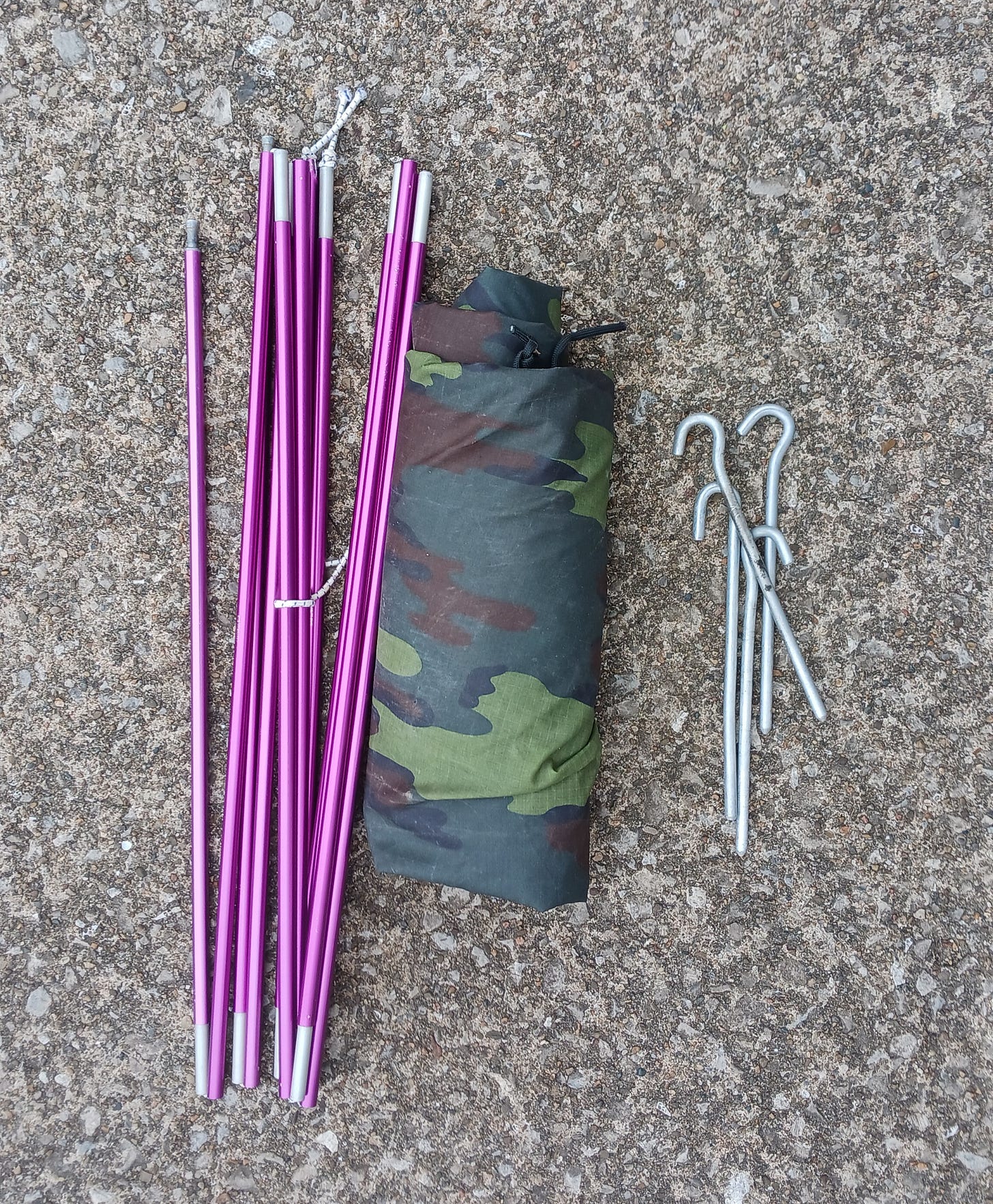
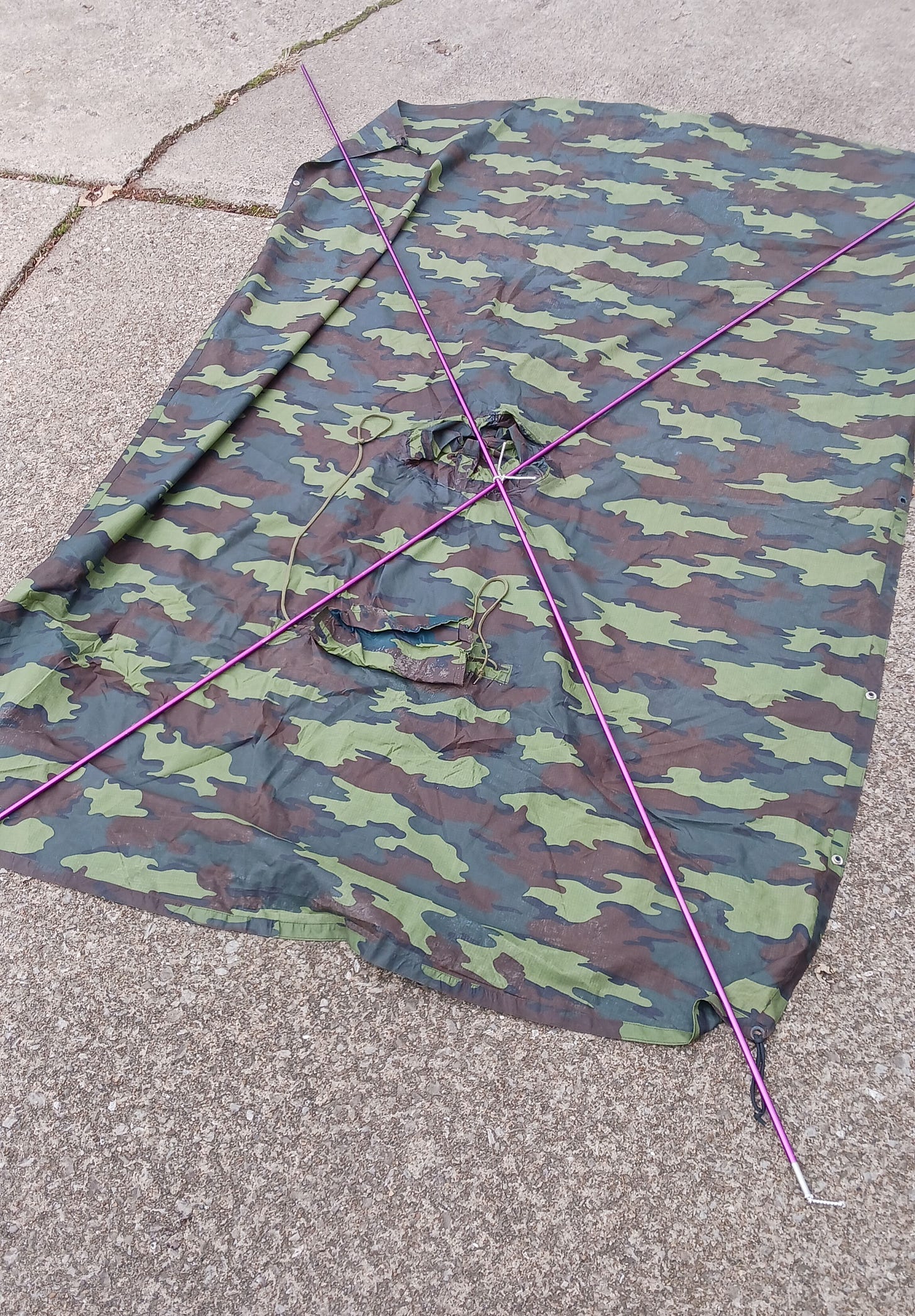
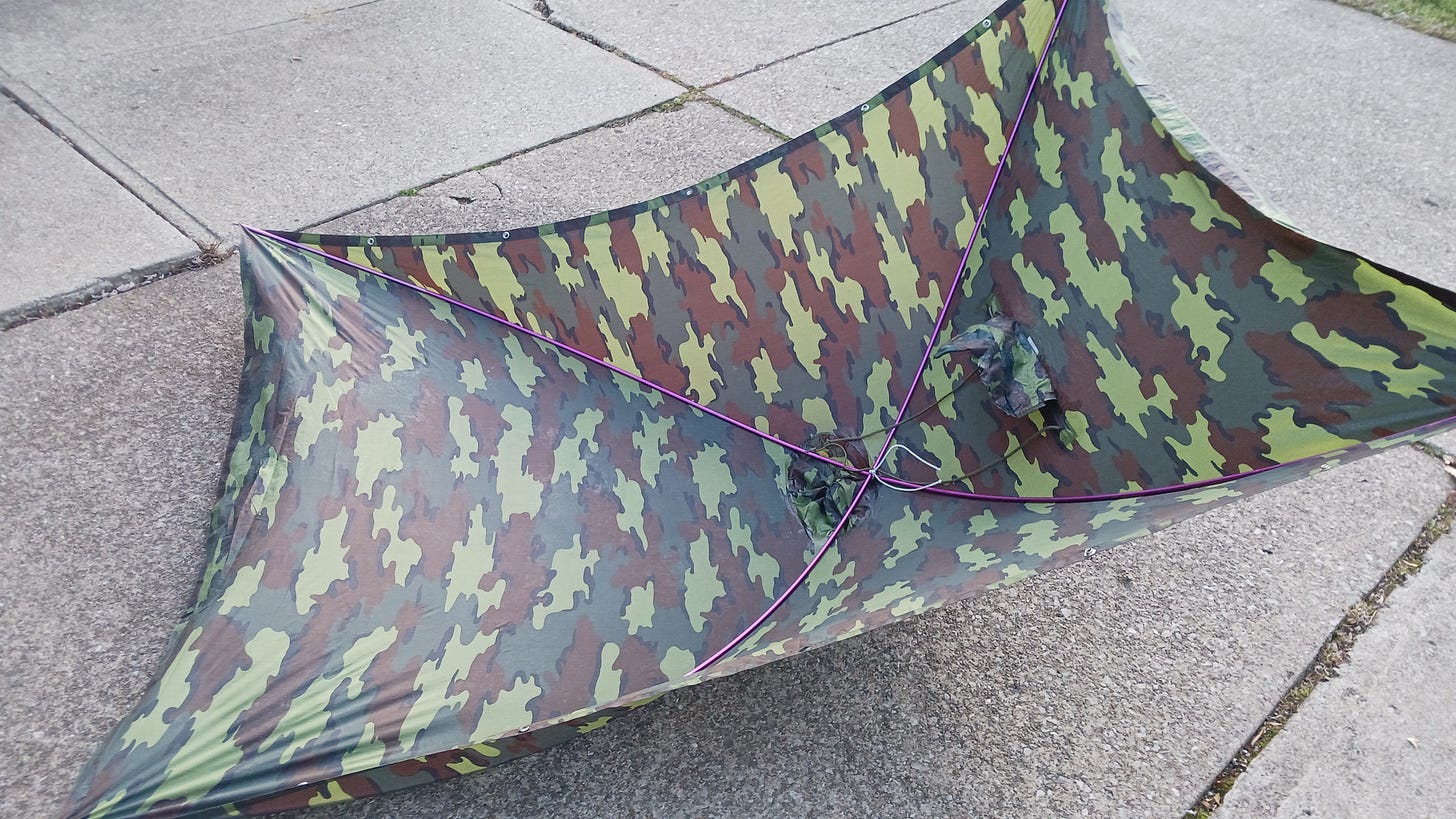
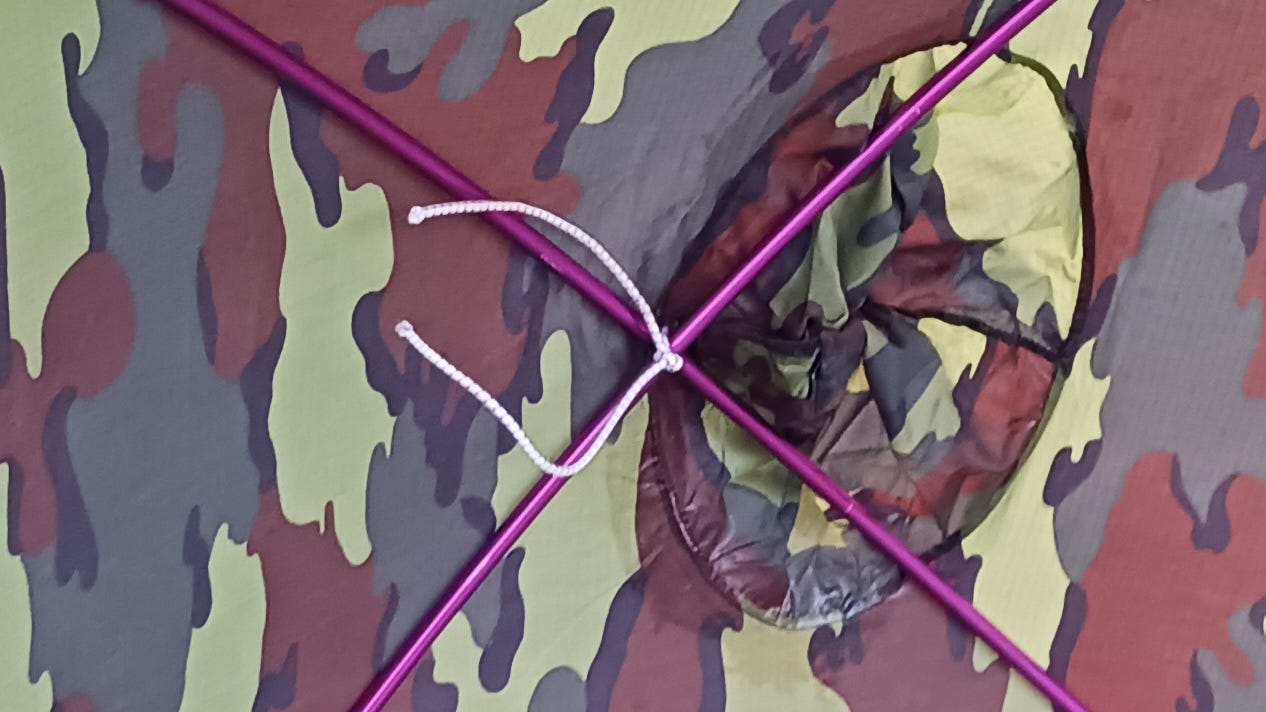
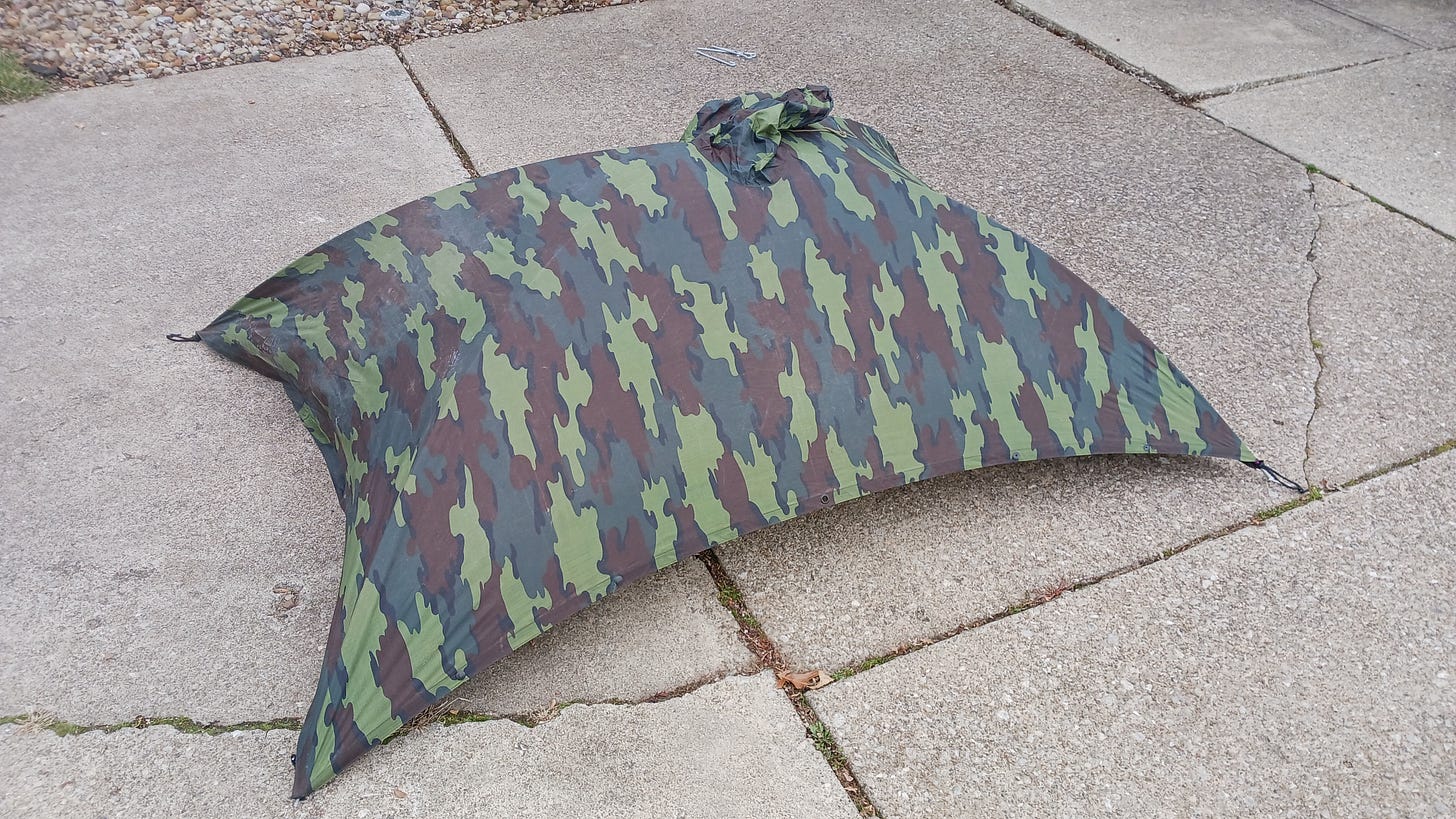
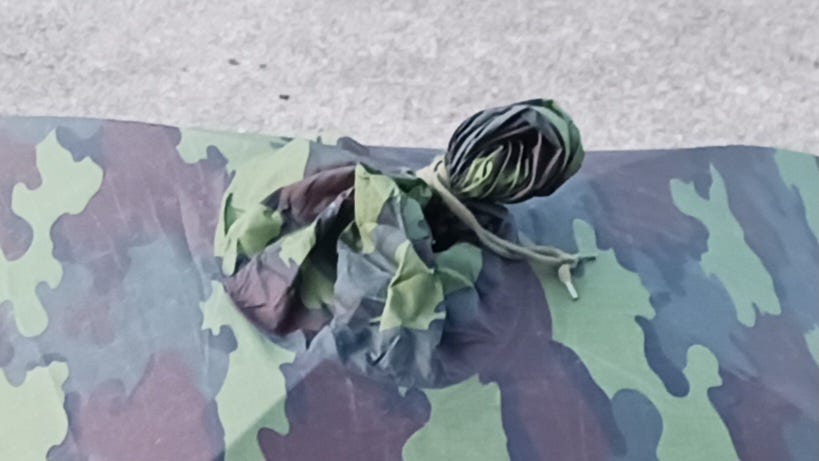
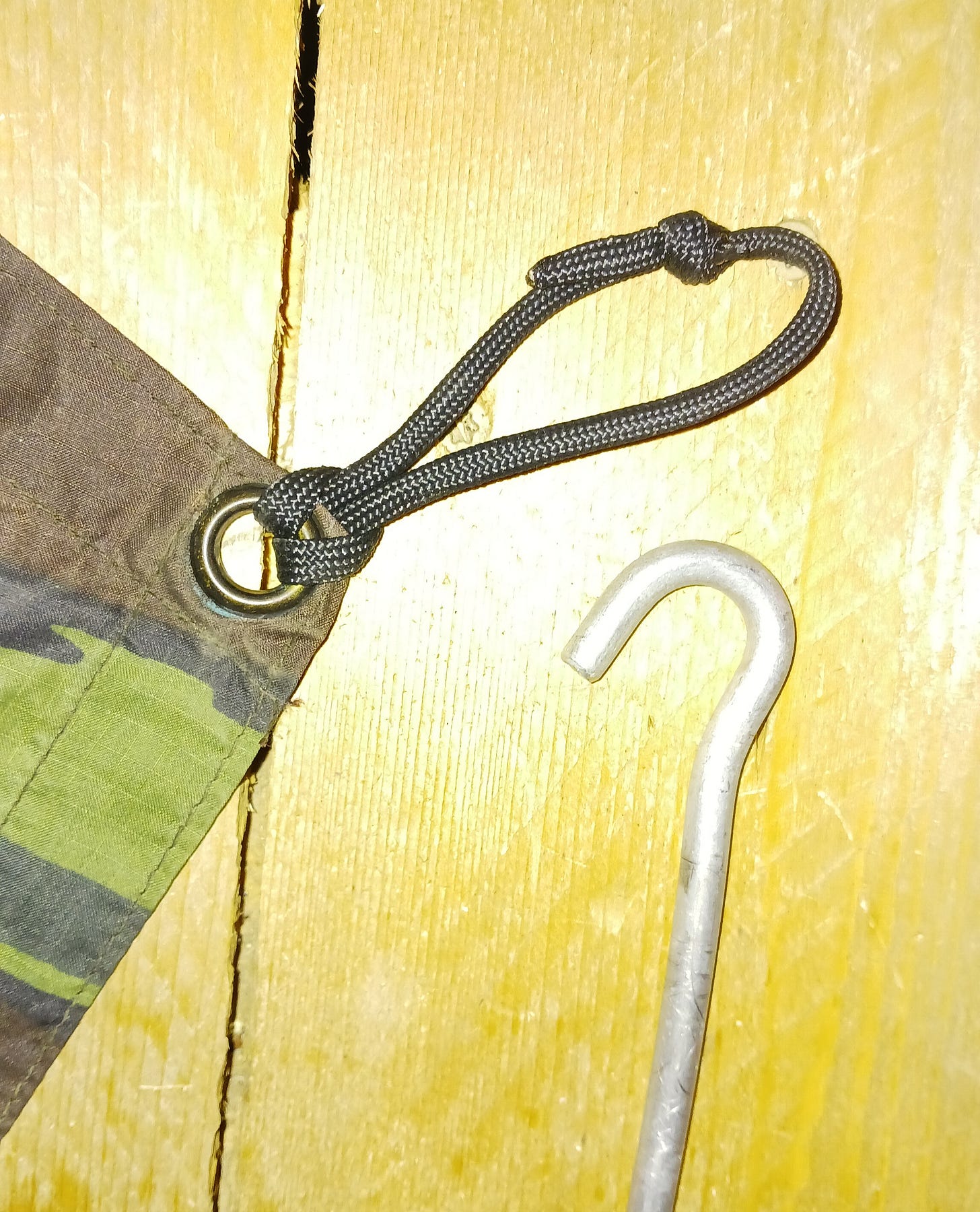
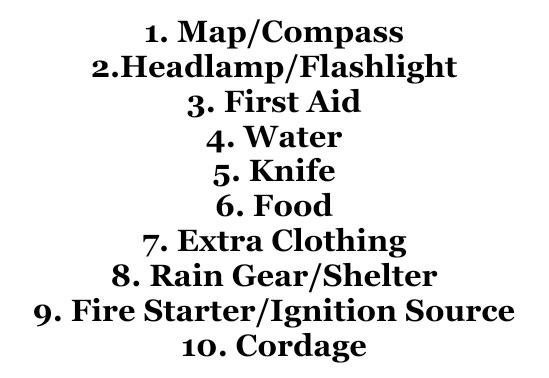
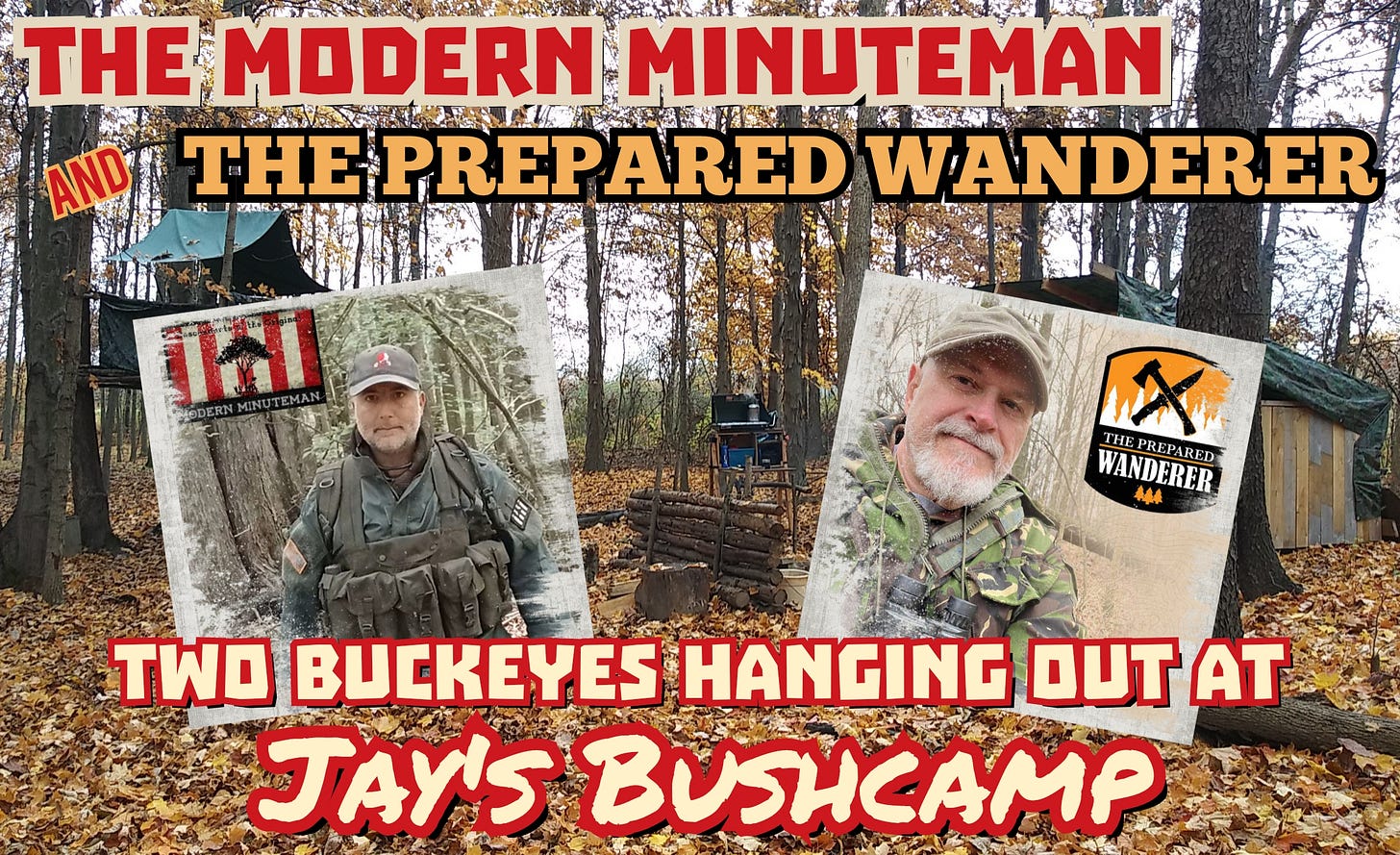
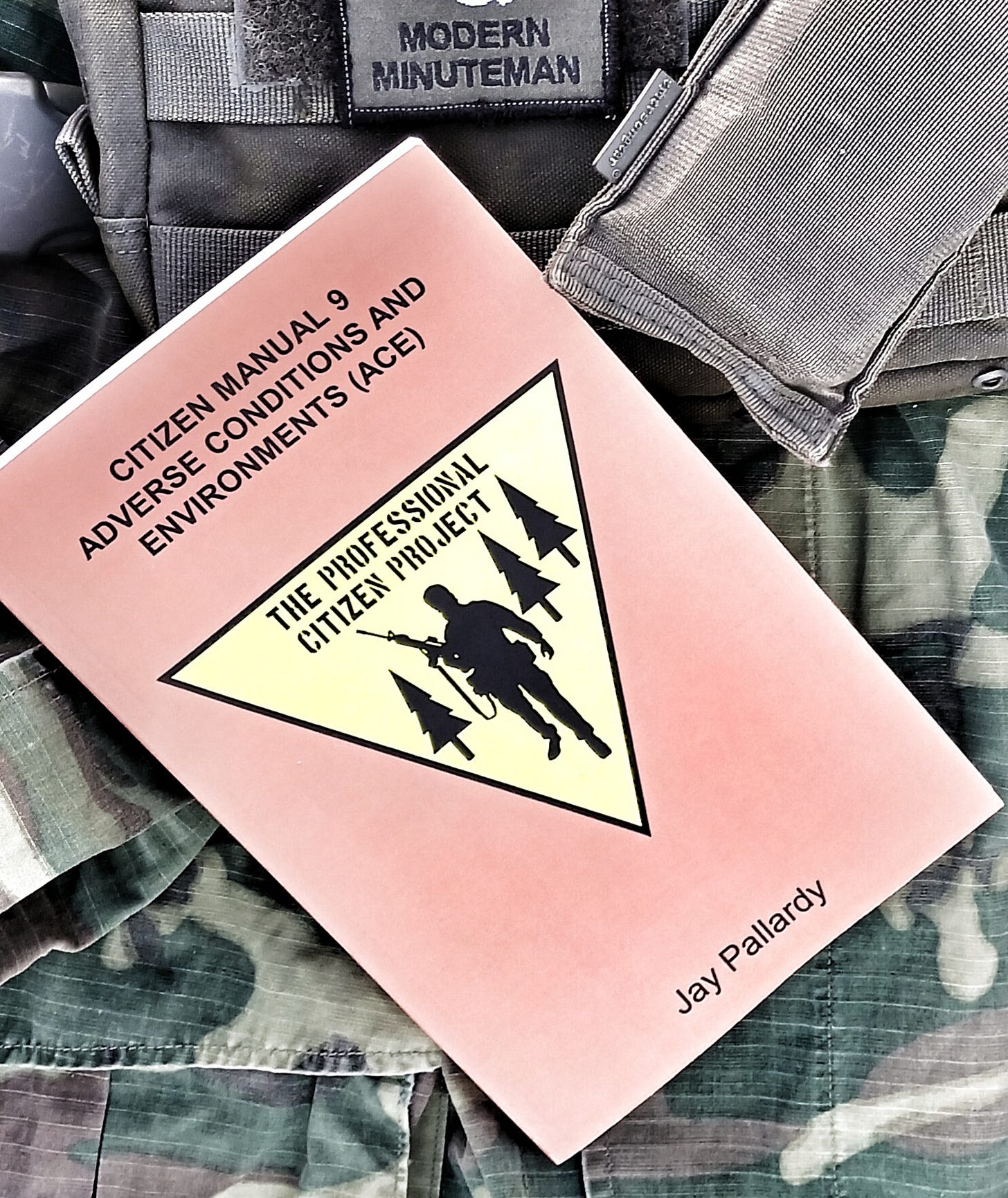
A side not on the Alpha tent, it makes a good gear float to cross a lake, but not structurally sound enough to use as a boat (yeah, I tried) :-)